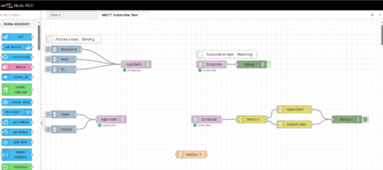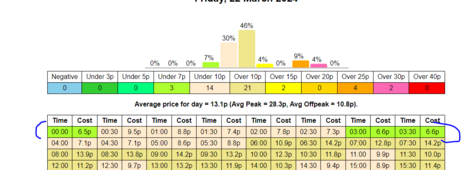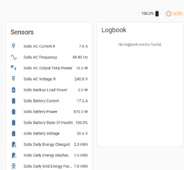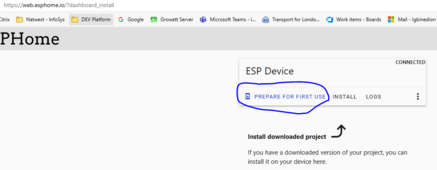chaosnature
New Member
- Joined
- Sep 15, 2022
- Messages
- 527
i was watching it, so yes it hit 3.32 before it jumped to 0%o.k Growatt Datasheet advised its a 95 Ah battery capacity , so maybe it has degraded over time, therefore i need to keep adjusting
# Edit
Actually i think i need to inscrease the AH bcos it stops jumps to 0% around 47.5 volts , but i rather it is 0% at 46 volt range which is the 3.32 set

Last edited:










